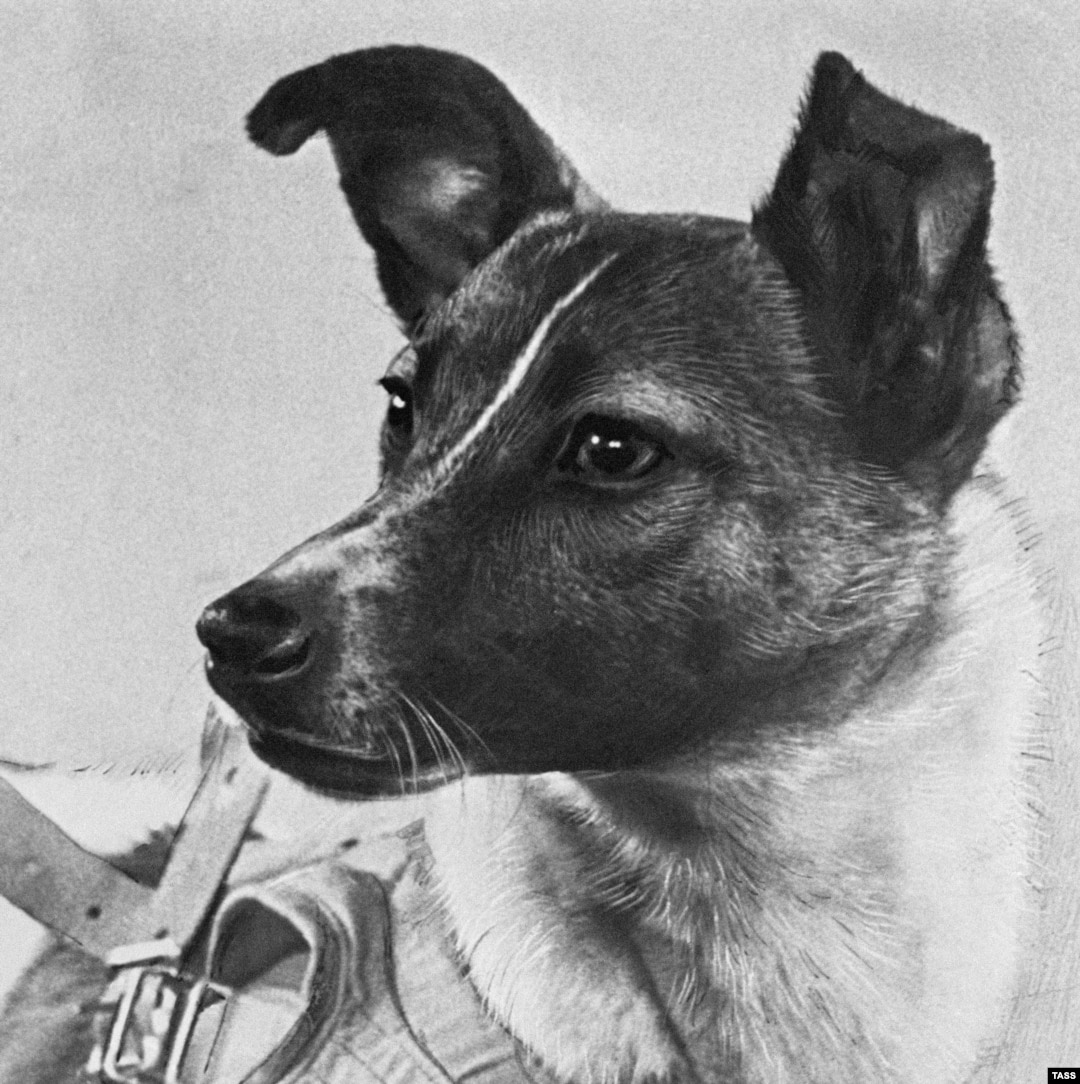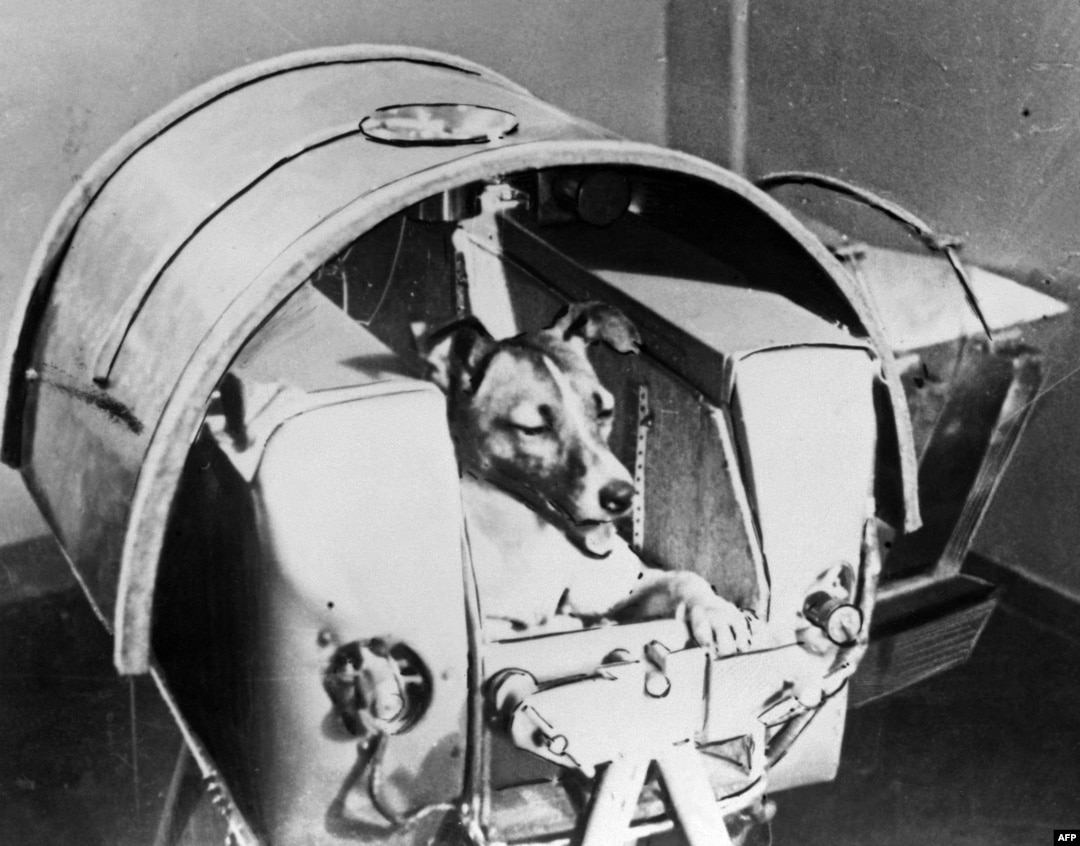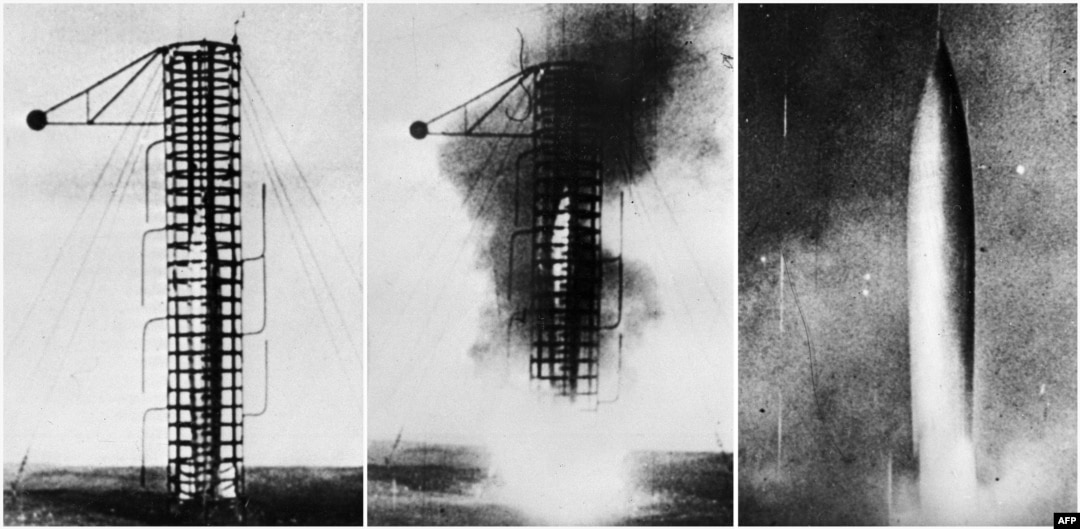Laika The Space Dog

Laika, a 3-year-old female, was one of several dogs scooped off the streets of Moscow by Soviet scientists on a mission to send a dog into orbit. The scientists chose street dogs for their toughness and self-reliance. Laika was described by a scientist involved in her training as "quiet and charming."

Laika strapped into the capsule in which she would soon orbit Earth. Due to the cramped conditions, female dogs were chosen over males because they didn't need to lift their legs to pee. Knowing that the dog would not survive her mission into space, one of the scientists took Laika home to play with his children in the days before launch, another recalls crying and asking for forgiveness as she kissed Laika's nose in farewell before the hatches were closed on the rocket.

Photos showing the blastoff of Laika's spaceship from Soviet Kazakhstan on November 3, 1957. After entering space, Laika circled Earth four times, before dying of dehydration when a cooling system failed. The capsule carrying the dog's body drifted through space for another five months before finally burning up on reentry to Earth's atmosphere.
The mission to send a dog into space was undertaken at the urging of Communist Party First Secretary Nikita Khrushchev (pictured here earlier in his career in 1936) who wanted a spectacular achievement to coincide with the anniversary of the Bolshevik Revolution of 1917. Scientists had just four weeks to design and build Laika's rocket -- far too little time to prepare a return mission, which would have yielded more useful data than Laika's tragic one-way trip.
Dogs being trained in a centrifuge in Moscow. Although the Soviets had sent several dogs into space before Laika, she was the first dog to enter orbit around Earth, and also the first dog whose death was expected from the start.
Three years after Laika's sacrifice the Soviets successfully sent two dogs, named Belka and Strelka, into orbit accompanied by a small menagerie of rats, mice, and a rabbit. All survived the return to Earth and a year later Yury Gagarin became the first man in space.
But of all the dozens of dogs that made it up into space, it's Laika who captured imaginations around the world, and has been remembered in song, film, and postage stamps.
In Moscow the dog was finally immortalized with this monument, unveiled in 2008. But her death long haunted some of the people involved in the historic mission. Following the collapse of the Soviet Union, Oleg Gazenko, the scientist who selected Laika, said that "the more time passes, the more I'm sorry about it. We shouldn't have done it.... We did not learn enough from this mission to justify the death of the dog."

